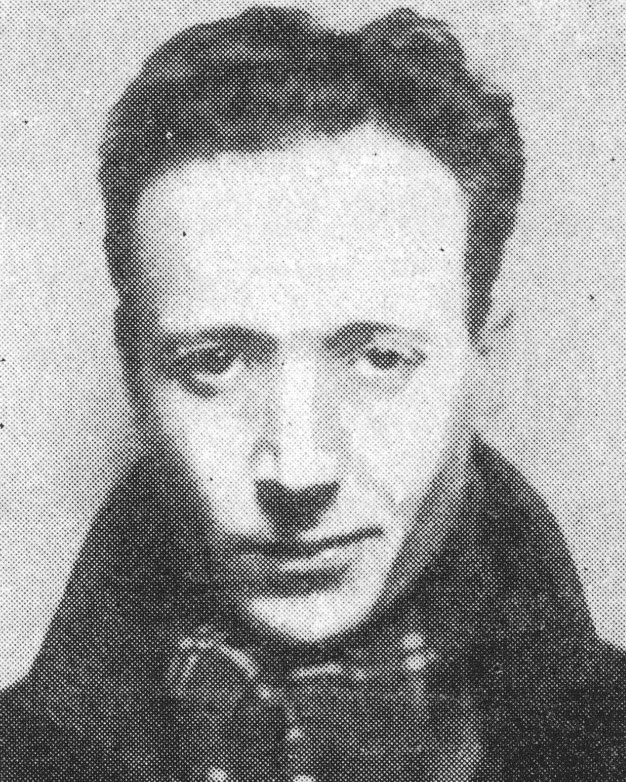David SEIFERT
January 4, 2019Marcel SLODKI
January 4, 2019Sigismond SIGUR-WITTMANN
BUDAPEST 1910 – BELFORT (FRANCE) 1944
Sigismond Sigur-Wittmann’s parents divorced when he was a child. He was raised by his grandmother, who was very poor. His precocious talent enabled him to earn some money. He drew landscapes and figures with chalk on the pavements of Budapest and worked in a glass factory. His dream was to study at the School of Fine Arts. He worked as an acrobat at a circus and earned enough money to make his dream come true. He studied under Karoly Rethy at the School of Fine Arts in Budapest. In 1930, he studied at Karl Hoffer’s academy in Berlin.
In 1933, as Hitler came to power, he was an activist against Nazism and produced posters against the “black plague,” which he distributed from city to city. In 1939, he arrived in Paris and continued to paint. He took part in the Salon des Indépendants. When the war was declared, he enlisted in the French army. He was discharged from service in Marseille and traveled to Pau. He was arrested by the pro-Franco police in the Pyrenees, imprisoned at the Pamplona prison, and later interned in the Tiranda camp. He was freed ten months later and left for North Africa. In Casablanca, he joined the Free French Forces. He worked on the decoration of several synagogues in Tunis and in Italy. In 1944, he was parachuted into France with the American army. In November 22, 1944, he was shot and died in Belfort.
Stories of Jewish Artists of the School of Paris 1905-1939
FRENCH-ENGLISH
Capitale des arts, le Paris des années 1905-1939 attire les artistes du monde entier. De cette période de foisonnement, un terme est resté, celui d'Ecole de Paris, qui recouvre une grande diversité d'expression artistique. Dans ce brassage dont Montparnasse est le creuset, un groupe se distingue : celui des artistes juifs venus de Russie, de Pologne et d'Europe centrale. Si leurs styles sont variés, un destin commun les rassemble : ils fuient l'antisémitisme de leur pays d'origine. Certains ont connu la célébrité dès les années 1920, tels Soutine, Lipchitz ou Chagall. D'autres n'ont pas eu le temps ou la chance d'y accéder. Près de la moitié a péri dans les camps de concentration nazis.
From 1905 to 1939, Paris attracted artists from all over the globe as the capital of the art world. This period of artistic proliferation became known as the School of Paris, and includes a great diversity of artistic expression. Within the teeming art world centred on Montparnasse, one group set itself apart: Jewish artists from Russia, Poland, and Central Europe. Although their styles were diverse, they shared the common fate of fleeing anti-Semitic persecutions in their home countries. Some became famous in the 1920s, such as Soutine, Lipchitz, and Chagall, while others did not have the time or the luck to gain renown. Nearly half of these artists died in Nazi concentration camps.





